In this article, we will delve into the fascinating world of long exposure photography, its techniques, and the breathtaking results it can produce.
What is Long Exposure Photography?
Long exposure photography involves keeping the camera’s shutter open for an extended period. This technique allows more light to enter the camera’s sensor, resulting in unique effects like light trails, silky flowing water, and surreal star trails.
Long exposure photography finds its applications in various genres, including landscape, architecture, night, and astrophotography. However, it demands a certain level of skill and planning to achieve desired results.
Techniques for Capturing Long Exposure Images
Stability is Key: To capture sharp long exposure images, stable support for your camera is essential. Consider using a tripod or any other stable surface to minimize camera shake.
Neutral Density Filters: These filters reduce the amount of light entering the lens, allowing for longer exposure times. They come in different strengths, measured in ‘stops,’ and help control the amount of light entering the camera.
Use a Remote Shutter Release: Avoiding camera shake caused by pressing the shutter button is crucial for capturing sharp long exposures. A remote shutter release or self-timer function can help prevent this issue.
Experiment with Exposure Times: The duration of exposure plays a significant role in the outcome of a long exposure photograph. Experiment with different exposure times to achieve the desired effect.
The Advantages of Long Exposure Photography
Long exposure photography offers a myriad of advantages to photographers seeking to push their creative boundaries. Let’s explore a few key benefits:
- Artistic Expression: Long exposure photography allows photographers to create dreamy and surreal images that are visually captivating.
- Exploring Time and Motion: By capturing extended moments, long exposure photography can freeze time or showcase the beauty of movement, resulting in dynamic and engaging visuals.
- Showcasing Hidden Details: This technique enables photographers to reveal hidden details that our naked eye cannot perceive, such as the intricacies of star trails or the subtle textures within flowing water.
Key Takeaways
- Long exposure photography involves keeping the camera’s shutter open for an extended period, resulting in unique and visually captivating images.
- Stability is essential for capturing sharp long exposure photos, and the use of a tripod or stable surface is highly recommended.
- Neutral density filters help control the amount of light entering the camera, allowing for longer exposure times.
- Experimenting with different exposure times is crucial to achieving desired effects in long exposure photography.
- Long exposure photography offers opportunities for artistic expression, exploring time and motion, and revealing hidden details.
In Conclusion
Long exposure photography opens up a whole new world of creative possibilities, offering breathtaking visual experiences that are both serene and mesmerizing. By implementing techniques like stability, neutral density filters, and experimentation with exposure times, photographers can achieve stunning long exposure images.
So, grab your camera, step out into the night, embrace the flow of time, and freeze moments that seem to exist only in dreams. Long exposure photography awaits your artistic vision!
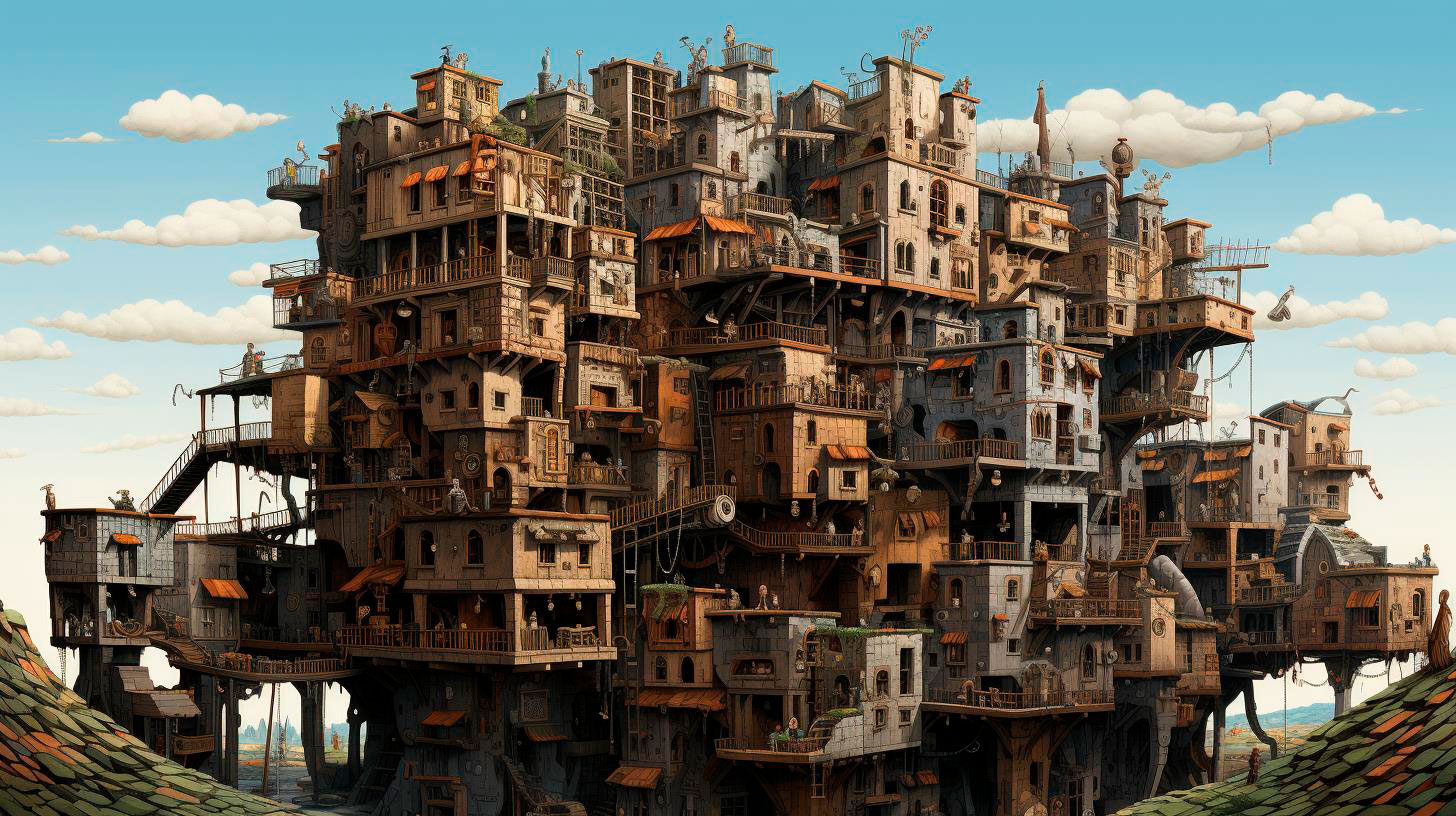
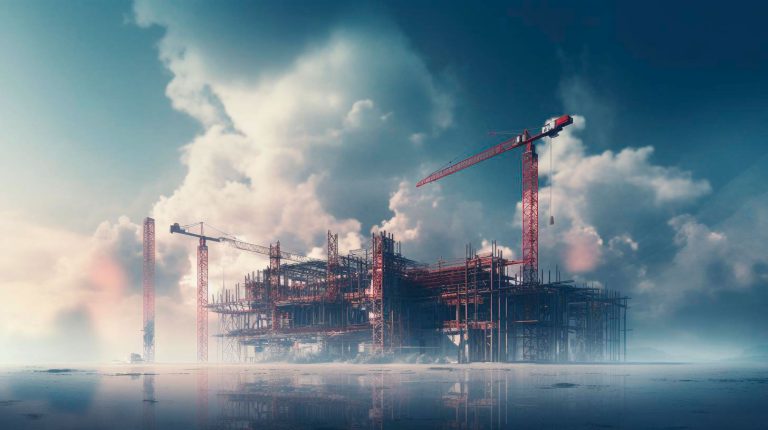


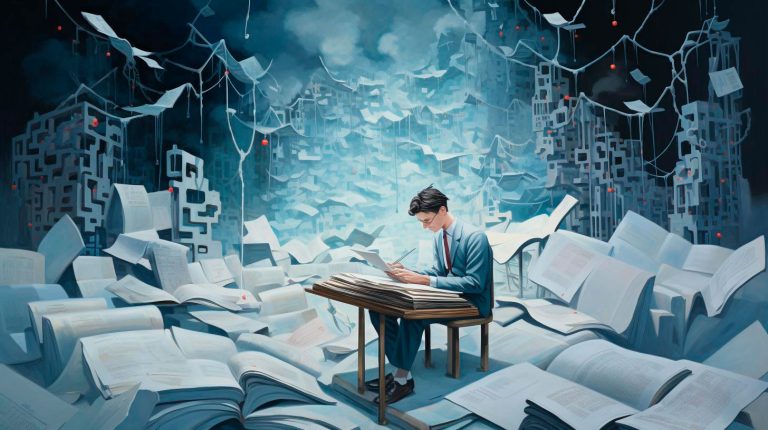
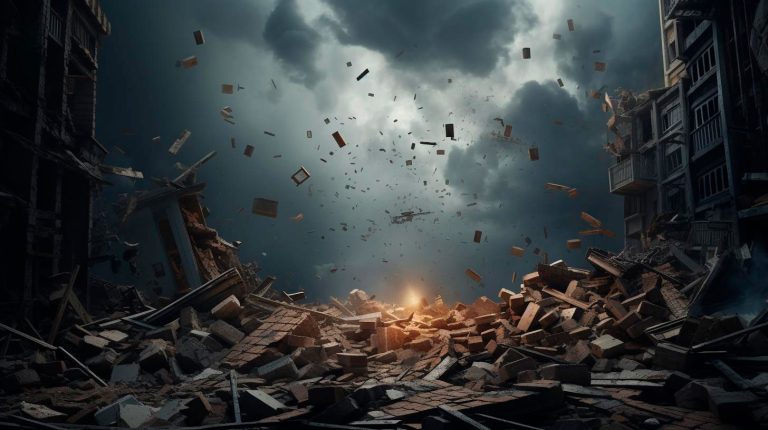
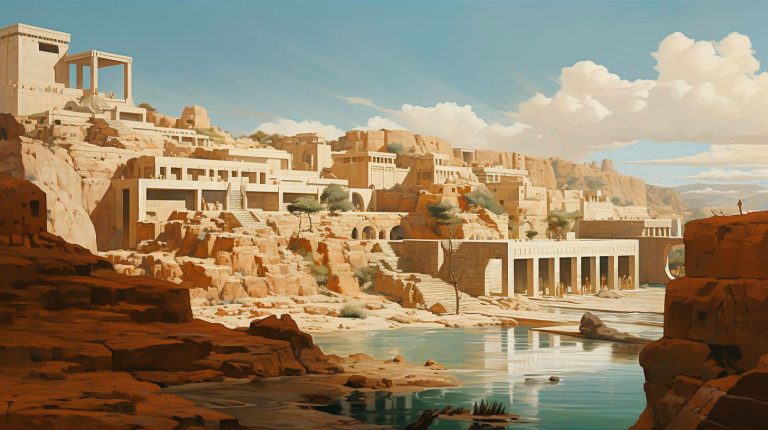








+ There are no comments
Add yours